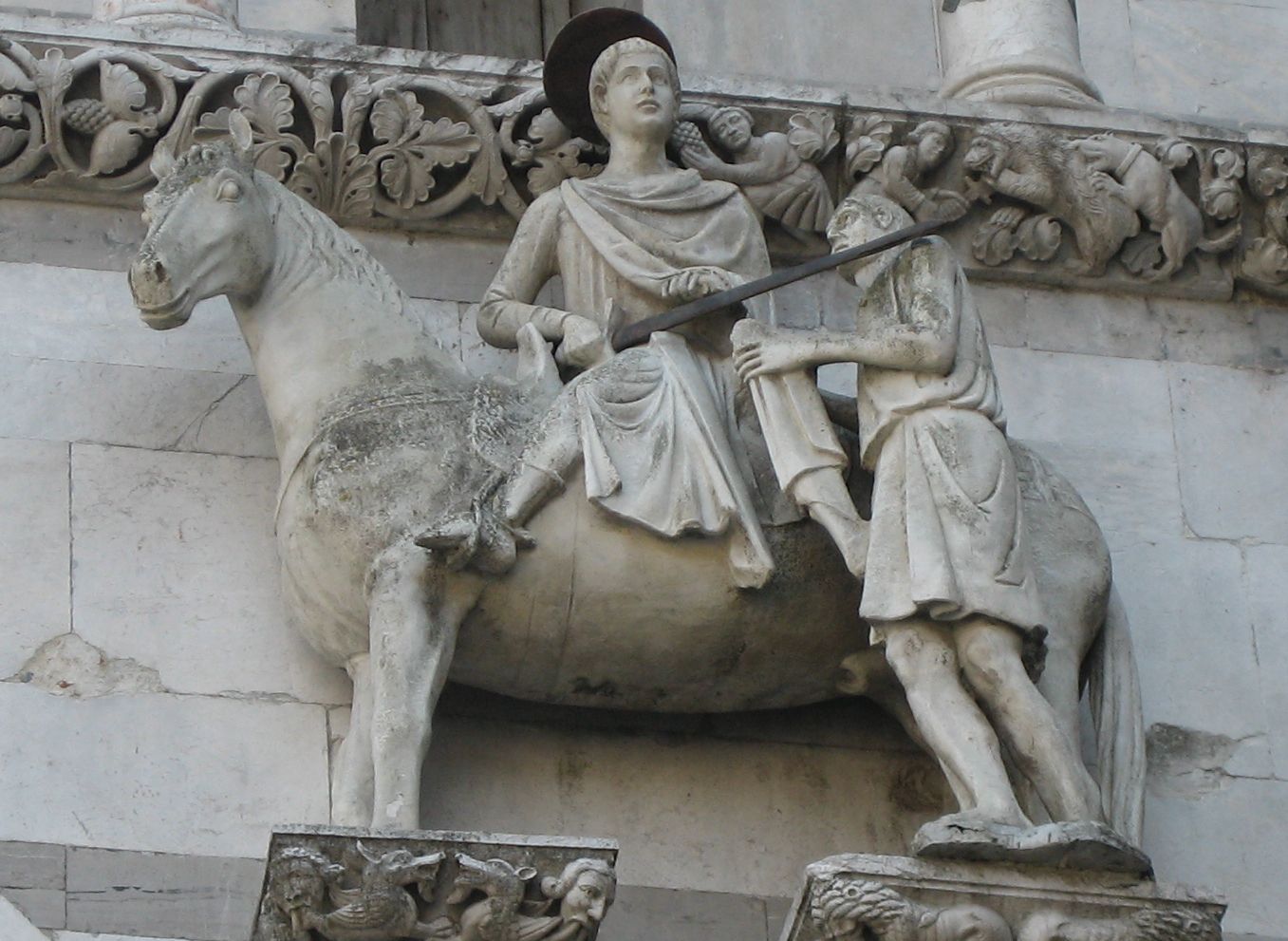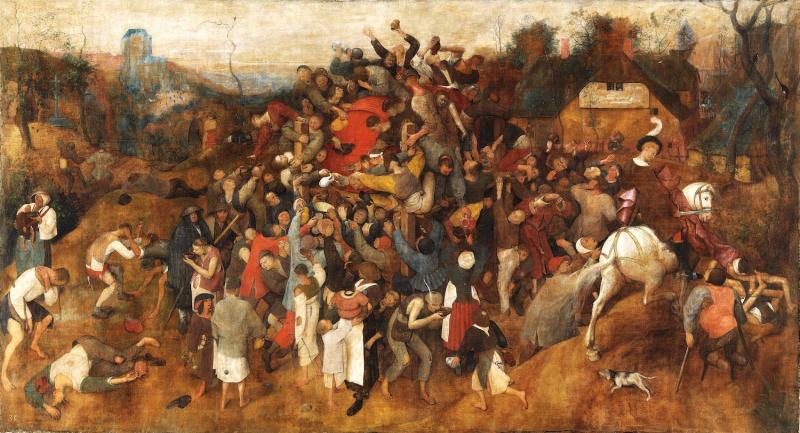For many – if not most – people, the date 11th November means Armistice Day, the anniversary of the signing of the peace treaty at the end of the First World War at the 11th hour of the 11th day of the 11th month.
However, in Italy, as well as some other European countries, this date has another significance. It is St Martin’s Day, and as is usual in Italy, it is one of many occasions in the year for feasting and special treats.
A “St Martin’s Summer” (Estate di San Martino) is a spell of fine weather, which often happens around his feast day, adding to the general festive atmosphere.
St Martin lived from c316-397 and you could say he was the earliest example of a conscientious objector. He’d joined the army but became convinced that his Christian religion was incompatible with serving as a soldier. He was thrown into jail, but was subsequently discharged.
Then comes the episode for which he is celebrated. Riding home he passed a nearly naked shivering beggar lying on the roadside. With his sword, he cut his cloak in half and gave it to the beggar, after which Christ appeared to him in a dream wearing the same cloak. (Nowadays, Italian children often dress up wearing a red cloak on his feast day.) There followed many other miracles, and many churches throughout Europe are dedicated to him.

His emblems are a globe of fire over his head, which was said to happen when he said Mass, and later in the 15th century, a goose – though it’s not clear why. But that doesn’t matter: it’s the excuse for a family celebration with a great roast goose on the table, as well as the famous strange-looking St Martin cakes which appear in the shops from early November. A cross between a cake and a biscuit, they take the form of a man on horseback with cloak, sword and shield, the details being picked out in icing and sugared almonds. (See photograph.)
Throughout Italy there are many churches and charitable organisations which have adopted St Martin as their patron. In Lucca, the Duomo di San Martino has a copy on the lovely façade of St Martin with the beggar. (The original is inside.)
Some readers will remember a recent piece in Italy Magazine about the church of San Martino on the island of Burano, with its famous legend of the miracle of the sarcophagus.
The Santuario della Madonna delle Grazie di San Martino, better known simply as San Martino, is perched on a cliff high above Griante on Lake Como and is a favourite pilgrimage church for hikers seeking one of the best views of the lake.
In Florence, the Community of Buonomini di San Martino was founded in 1441 by Archbishop Sant’Antonio who is portrayed above the entrance to the tiny church in the centro storico. His community of 12 men was set up to assist Florentine families who had fallen on hard times but were too ashamed to ask for charity. They still continue this good work, distributing funds allocated by the city. When the Buonomini need more funds, they light a candle outside the main door. This custom has given rise to the Italian expression “essere ridotti al lumicino” which translates literally as to be reduced to the candle; in other words, to be stony broke.

Feature photo credit: By Pieter Brueghel the Elder - Own work via Public Domain.








